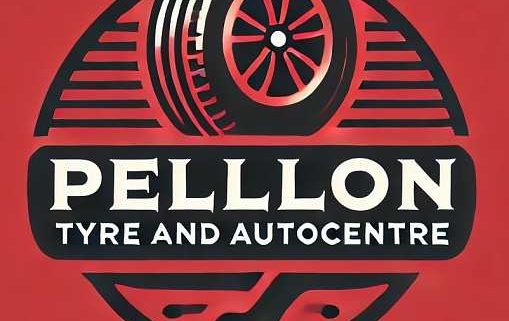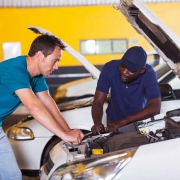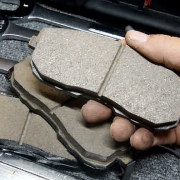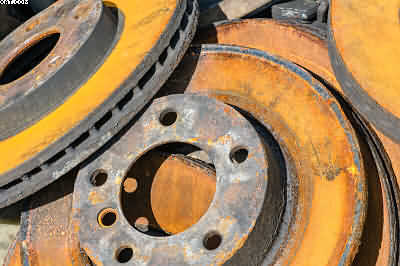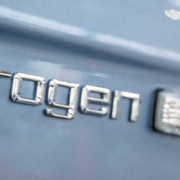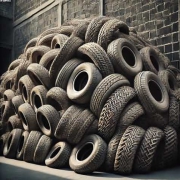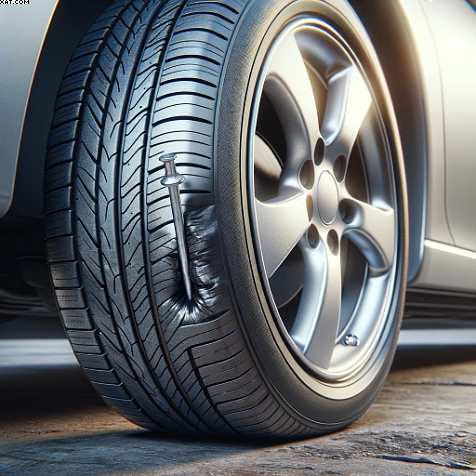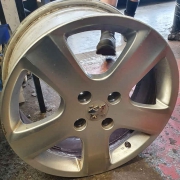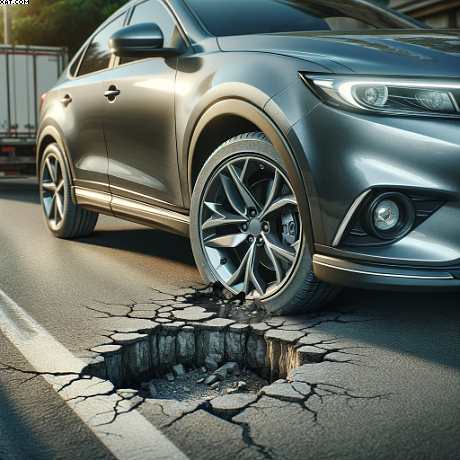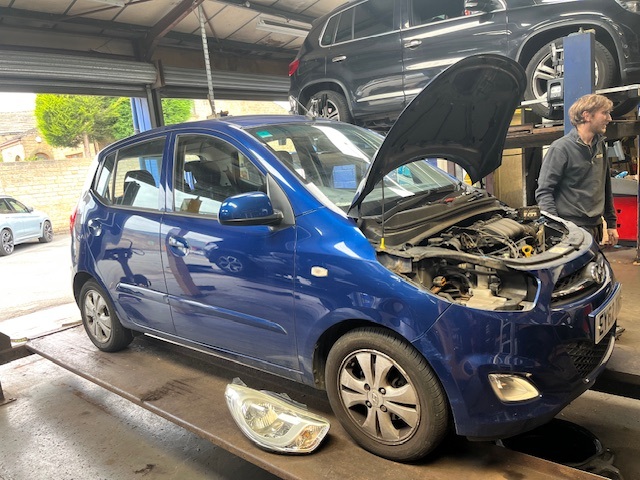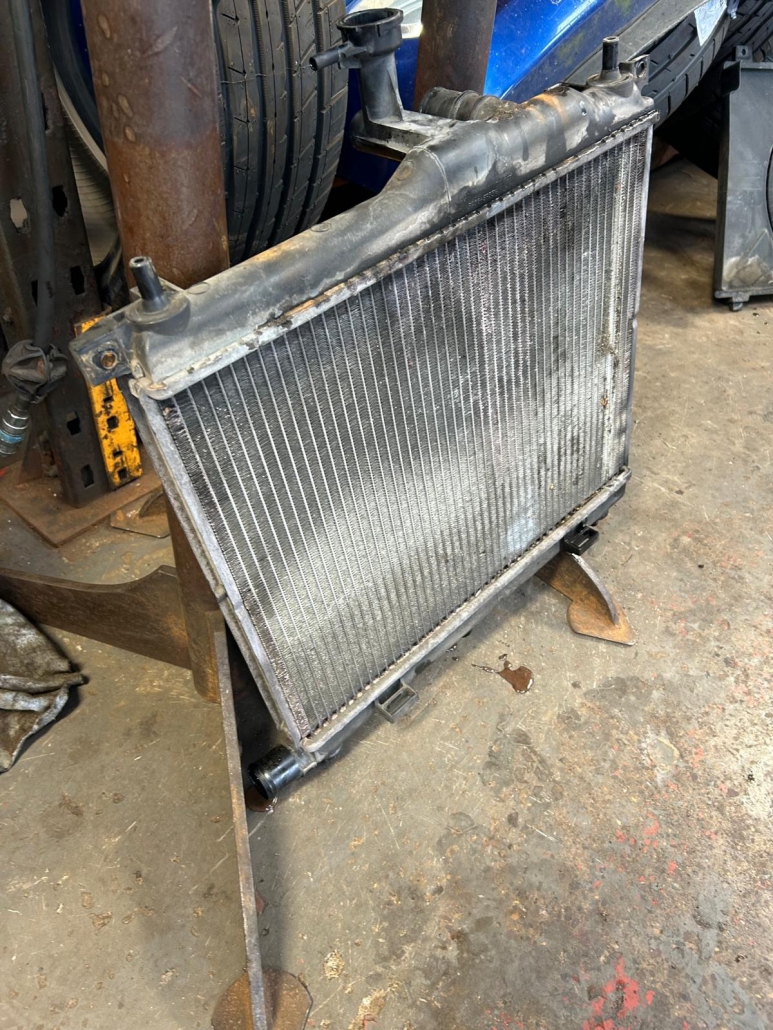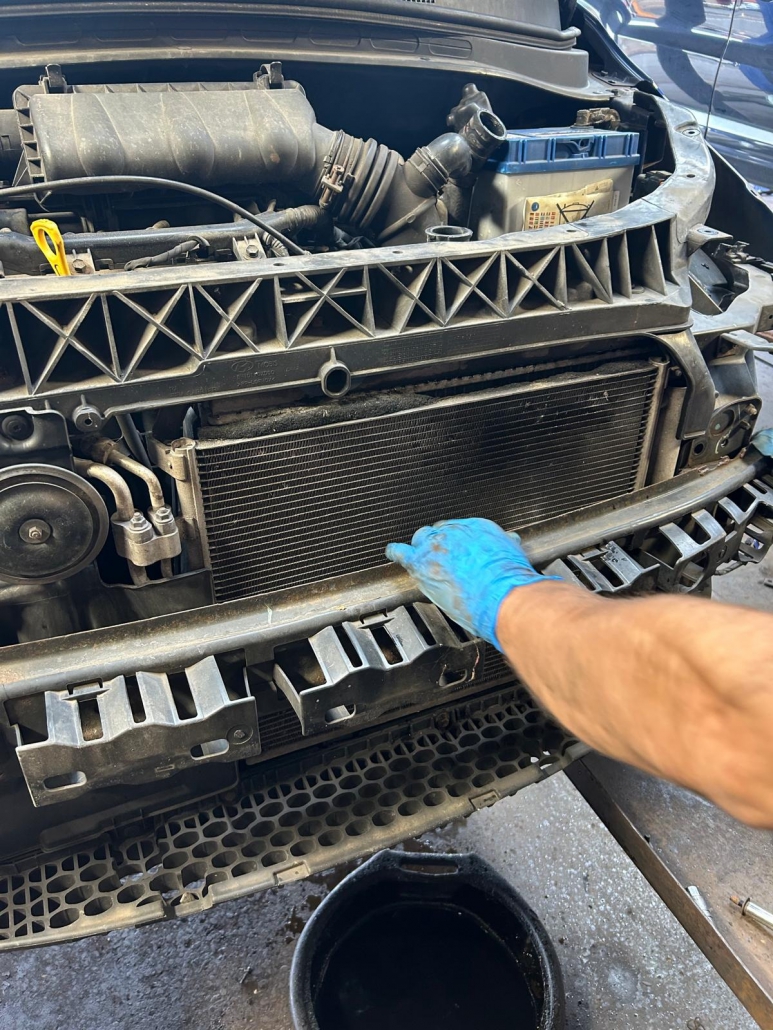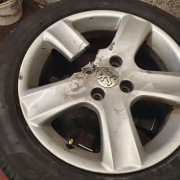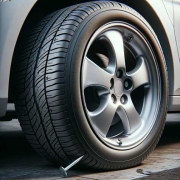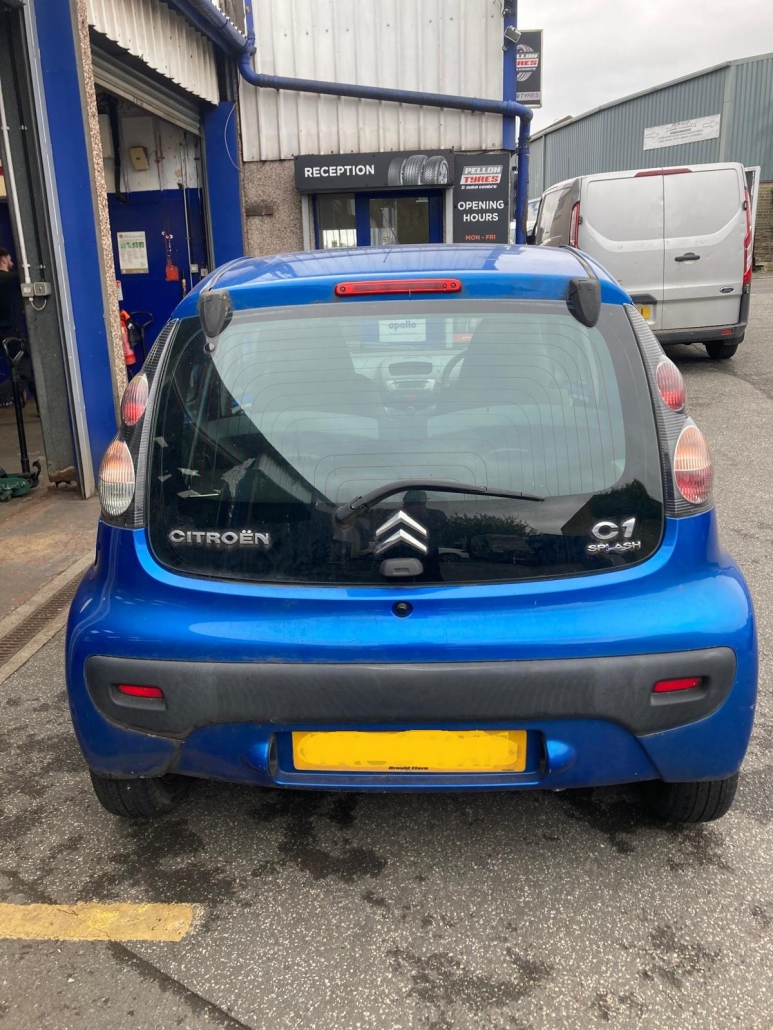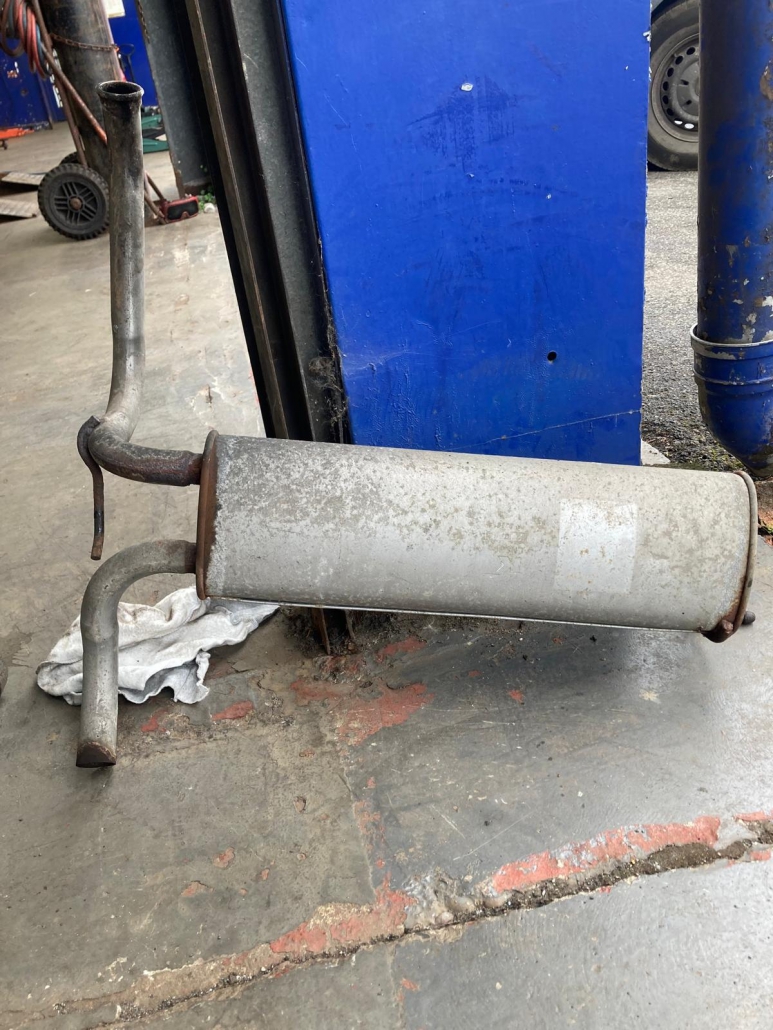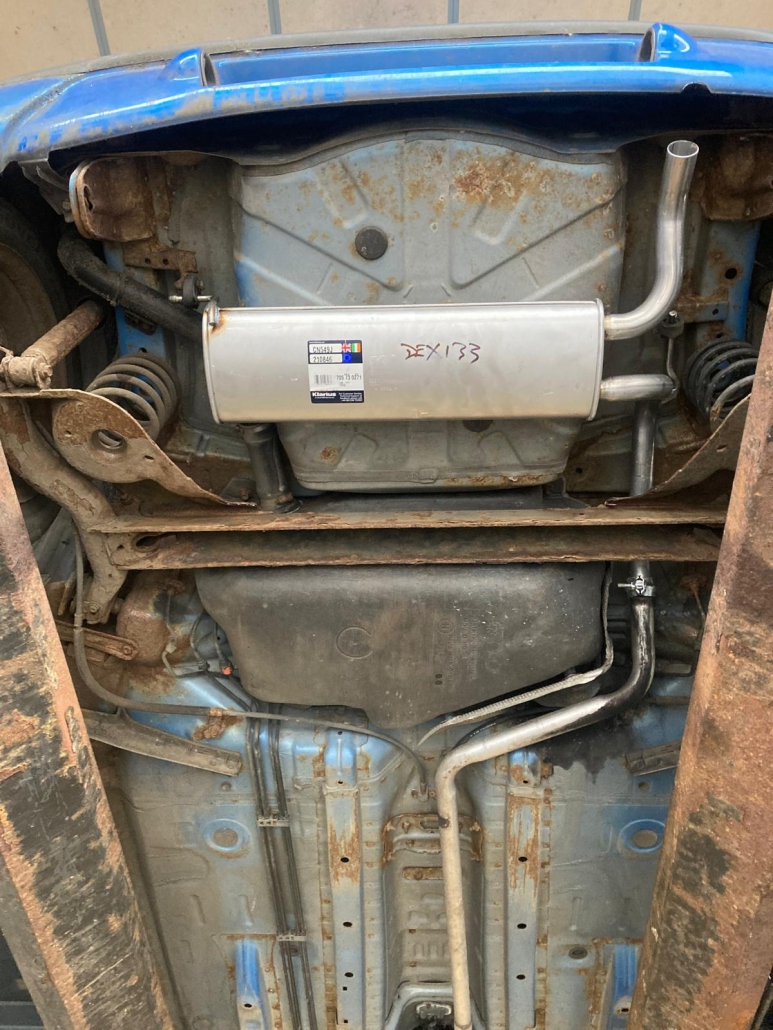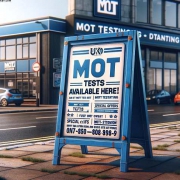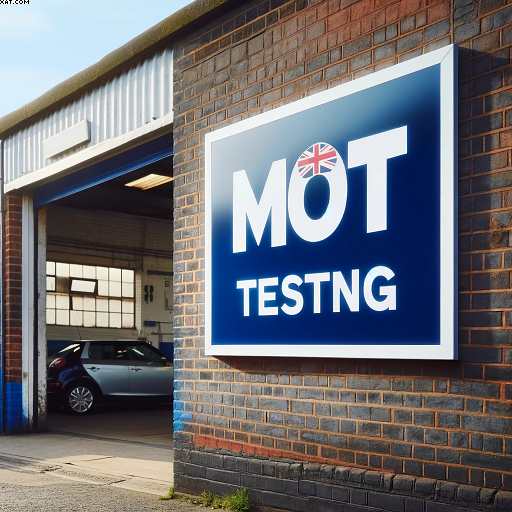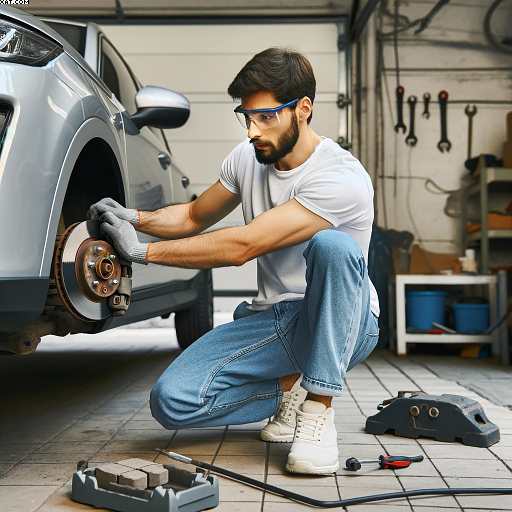Cleaning your EGR Valve
Cleaning your EGR Valve
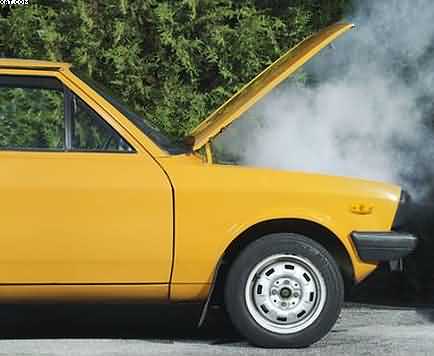
Cleaning your EGR Valve
The EGR Valve and the Performance of Your Car: The Unsung Hero Under Your Bonnet
It’s not unusual if you’ve ever looked beneath the bonnet of your car and wondered what all those nuts and bolts do. The EGR valve is among the less flashy but very important components. I can see you now wondering, “EGR valve? Then what? With a little local flair for my fellow Haligonians, let me dissect it for you and explain why this tiny part is so important to the performance of your vehicle.
An EGR valve is what?
For exhaust gas recirculation, see EGR. The emission control system in your car is mostly dependent on the EGR valve. Recirculating a part of your exhaust gases back into the engine’s intake is its primary function in lowering the amount of nitrogen oxide (NOx) released.
A vile contaminant, NOx, adds to smog and causes problems with air quality. As such, the EGR valve benefits the environment in addition to improving the performance of your vehicle.
What Performance Improvements Does the EGR Valve Offer? Cleaning your EGR Valve
How on earth could recirculating exhaust gases benefit your engine? You may be wondering. The inside story:
Temperature Control: The EGR valve helps to chill down the combustion chamber by recirculating some of the exhaust gases. In addition to lowering the chance of knocking—a kind of combustion issue that can harm the engine—this can save the engine from overheating.
Fuel Economy: An EGR valve that is functioning properly can improve your car’s fuel economy. You can save a few pounds on gasoline by having the engine burn fuel more efficiently when combustion temperatures are lowered.
Minimised Emissions: This is a major one, particularly in light of the UK’s drive for cleaner air. EGR valves lower emissions by lowering the quantity of NOx generated during combustion. The environment benefits as well as your car.
Warning Signs Your EGR Valve Is About to Die
Like every component in your vehicle, the EGR valve can become problematic with time. The following signs may suggest that a checkup is necessary:
Rough Idling: An EGR valve may be malfunctioning or clogged if your car shakes or vibrates more than normal while it’s idle.
Poor Acceleration: A slow response when you press the accelerator may also be a sign of an EGR valve issue.
Increasing Fuel Usage Realising you’re visiting the petrol station more frequently? Possibly the cause is an EGR valve that is broken.
The check engine light This one should go without saying, but the EGR valve may be the reason that bothersome light comes on.
Maintaining Your EGR Valve in Top Shape: The correct operation of your EGR valve depends on routine maintenance. Routine maintenance at your local garage (like ours in Halifax) might help identify problems before they become serious ones. Your car runs smoother, cleaner, and more efficiently if its EGR valve is clean and working.
A Tributary to Halifax History. Cleaning your EGR Valve
As we’re talking about cars and regional charm, did you know Halifax has a long history of invention and engineering? Halifax was once the centre of the textile and engineering industries; in fact, it is where the “cats eyes” were invented.
Not only at our neighbourhood garages but also in the way we embrace contemporary automotive technologies like the EGR valve to keep our engines clean and efficient, this innovative spirit persists today.
Certainly one of the unsung heroes of your car, the EGR valve isn’t the most flashy component.
It’s a little part with a big job—it controls the temperature of your engine, increases fuel economy, and lowers dangerous emissions. So remember the little EGR valve and its contribution to maintaining the cleanliness of both our air and your car the next time you’re in for a service.
Visit our Halifax garage if you believe your EGR valve is malfunctioning or if it has been some time since your last check-up. We will check your automobile over and ensure that everything is in excellent working order. A happy car is, after all, one that is kept up, and who doesn’t like a smooth drive through our stunning Yorkshire countryside?
Remember that a little care goes a long way and drive carefully. Cleaning your EGR Valve
With the advent of modern technology, many drivers now own their own vehicles. Thus, the emissions of these vehicles pose a threat of causing air pollution. Of course, there is nothing wrong with modern technology. Especially if it is beneficial to all of us. But if it causes air pollution,.
Because of the continuous increase in car emissions. Then this becomes a major problem. Because of this problem, automotive engineers have figured out a solution.Consequently, that is to integrate EGR valves (exhaust gas recirculation) into our cars.
The main function of the exhaust, or the EGR gas recirculation valve,. Hence, it is to reduce the oxidation of nitrogen. Subsequently, through the reduction of combustion temperature,. As a result, the combustion temperature will be reduced. Of course, when the EGR valves send the exhaust gas through the intake manifold,. Therefore and back into the cylinders.
With this important function that EGR valves do. Because of polluting gasses, it is really important that they come standard in vehicles.
There are two types of EGR valves that can are included in vehicles.
Cleaning your EGR Valve on a vehicle. Of course, the combustion temperature can be regulated. So it will not become too hot.Thus preventing the nitrogen from reacting with other compounds. With this important function,. As a result of what EGR valves do, it is really important that they come standard in vehicles. There are two types of basic EGR valves that can are included in vehicles.
With an EGR valve on a vehicle. So it will not become too hot. Thus preventing the nitrogen from reacting with other compounds. In other words, through the use of the EGR valve, it is possible to lower the combustion temperature to lower the amount of nitrous oxide produced. This process prohibits the formation of smog, which is a harmful threat to the environment.
- Timing Belt Needs Changing Sir
- Solar Energy Batteries
- Car Service Tips
- Skoda Fabia Shock Absorbers
- Annual MOT Testing
